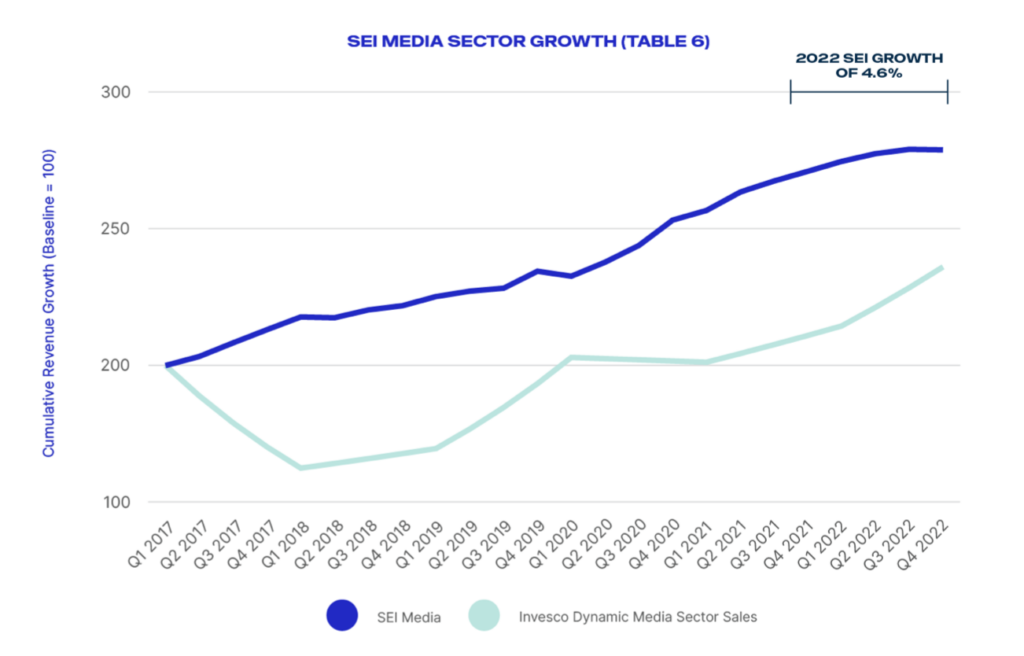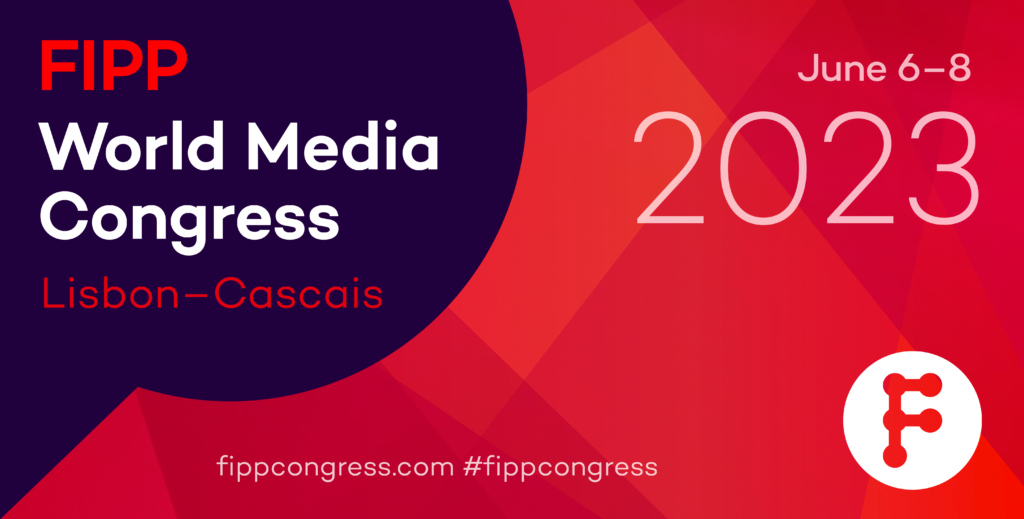|
Getting your Trinity Audio player ready...
|
Published in association with its partners, InPublishing and Collingwood Advisory, mediafutures is the annual deep dive report by Wessenden Marketing. It is regarded as one of the most important benchmarks in European and U.S. publishing and, in this excerpt, we look at the state of publisher subscriptions. For the full paid report, please contact info@wessenden.com.
The cost of living crunch, acutely visible in heating, energy and housing inflation, has forced consumers to retrench their spending and focus on what really matters to them. This includes publisher subscriptions and memberships which are one of the first line items to be dropped by cost-sensitive consumers.
In the mediafutures 2023 report, analyst Jim Bilton lays out how publishers can reduce churn and actually increase subscriptions. This isn’t as far-fetched as it sounds, even against this wider socioeconomic backdrop, with Zuora’s latest Subscription Economy Index (SEI) report showing that subscription-based companies continue to grow – in 2022, publisher subscriptions grew 4.6% in revenue terms.

Primary Subscription Opportunities
In mediafutures 2023, Bilton outlines some of the key, current subscription opportunities for publishers:
o Membership: There is a widespread drive to add value to subscription packages by building or relaunching a full membership offering. These can include exclusive events, goods & services, experiences, training & educational packages, etc. For B2B publishers, the package might even include workflow tools. Membership enhances ‘belonging’ and deepens consumers’ affinity to a publishing brand.
o Content-driven added value: Some publishers are focusing on content-driven added value in the form of highly focused, exclusive editorial, subscriber newsletters, “meet the editor” events, etc. These are starting to replace generic benefits (e.g. giveaways, wine clubs, insurance, etc.).
o Flexible and Lower Friction: For both subscriptions and memberships, there is a move to make purchasing more flexible and lower-friction with a wider range of terms, payment mechanisms and easy cancellation.
You can create the best bundle, with the best content and the best add-ons, but for some, this just isn’t important. This is why publishers need to consider the overall subscriber experience. Sometimes it’s not about maximising revenue, but about allowing people to opt-out, reduce or pause their accounts.
John Phillips, General Manager EMEA, Zuora
o Smarter acquisition: Constant experimentation and a ‘test and learn’ culture is becoming key, especially in terms of data-driven lead generation, more sophisticated acquisition journeys, greater use of external partners, and better coordination across publisher assets (e.g. multi-title portfolio websites, live events, ecommerce contacts, website contacts, retail channels). Smarter use of data is a thread that runs through every successful subscription activity.
o Selling insights: Selling-on insights about readers to advertisers & partners is a growing revenue stream for more sophisticated media companies, especially in B2B.
o Targeted editorial content: Savvy publishers are increasingly tailoring content for audience niches, even down to single user level. Increased engagement equates to stronger retention.
o Pricing: Firming up on prices and increasing subscriber yields are repeated themes in the priorities and opportunities of mediafutures 2023 survey respondents. This theme will become increasingly important as inflation runs hot and eats into publisher margins.
mediafutures 2023 also outlines a number of secondary opportunities, including but not limited to overseas expansion, improved retention (although Bilton says that “retention is now baked into most membership activity rather than being seen as a separate process”) and better customer service.
For some publishers, Bilton adds that there is still more potential in direct debit (consumer) and site licences/corporate subs (B2B). Live events companies are additionally eyeing the opportunity to deliver all-year-round paid content via a paid subscription (B2B).
Publisher Challenges
Mediafutures 2023 outlines a number of headwinds that publishers are facing, many of which are set to only get stronger. Cost of living crisis aside, Bilton points out that many publishers don’t have “sufficiently sophisticated data tools” to extract, manipulate and apply user insights quickly and in real-time – a trend far more pronounced in consumer publishing. This is exacerbated by a lack of employee skills, with data analysis skills being the biggest gap.
Another challenge is the “high level of investment required to create membership services”, a cost often underestimated by publishers and not helped by a reduction in marketing budgets.
Finally, publishers are finding that they don’t have the flexible tech tools needed to advance their subscription needs. While these tools exist, publishers either don’t know about them, or even if they do, the necessary budgets are not forthcoming.
Industry reaction
Commenting on the findings, Madeleine White, Head of International at Poool, a membership and subscriptions platform, told WNIP, “It’s surprising that, in 2023, publishers are still employing a one-size-fits-all approach to subscription. We all know that no two readers have the same propensity to subscribe, the same interests, are reading on the same type of device, etc. So why are we still treating these users in the same way?
“A dynamic experience makes use of data to adapt a conversion experience to the individual user. This could be based on the user’s level of engagement, their location, device or the type of content being accessed. We’ve seen this in the US, with The Atlantic announcing that their prices vary depending on the profile of the user. In France, we have the fashion magazine, ELLE, who adapts their paywalls to the source of traffic, presenting a different paywall depending on the newsletter you come from.”
The real work isn’t launching a paywall, it’s in continuously optimising and developing it. Dynamic models should be employed where the experience – including the conversion journey, paywall design and wording – is adapted to the user’s profile or context.
Madeleine White, Head of International, Poool
White adds that user registration plays a key role, “Registration has become a priority for publishers looking to maximise the value of their readers online, acting as a soft conversion step prior to subscription and increasing a reader’s propensity to subscribe by up to 40%. In France, the CDO of the sports publisher L’Equipe told us that their free members are 13 times more likely to subscribe than anonymous users.”
To receive a sample issue of the wessendenbriefing please email info@wessenden.com




